
UNITED STATES ENVIRONMENTAL PROTECTION AGENCY
Actions can be taken now to reduce GHG emissions and avoid many of the adverse impacts of climate change. Quantifying the benefits of reducing GHG emissions (i.e., how GHG mitigation reduces or avoids impacts) requires comparing projections of climate change impacts and damages in a future with policy actions and a future without policy actions. Looking across a large number of sectors, this report communicates estimates of these benefits to the U.S. associated with global action on climate change.













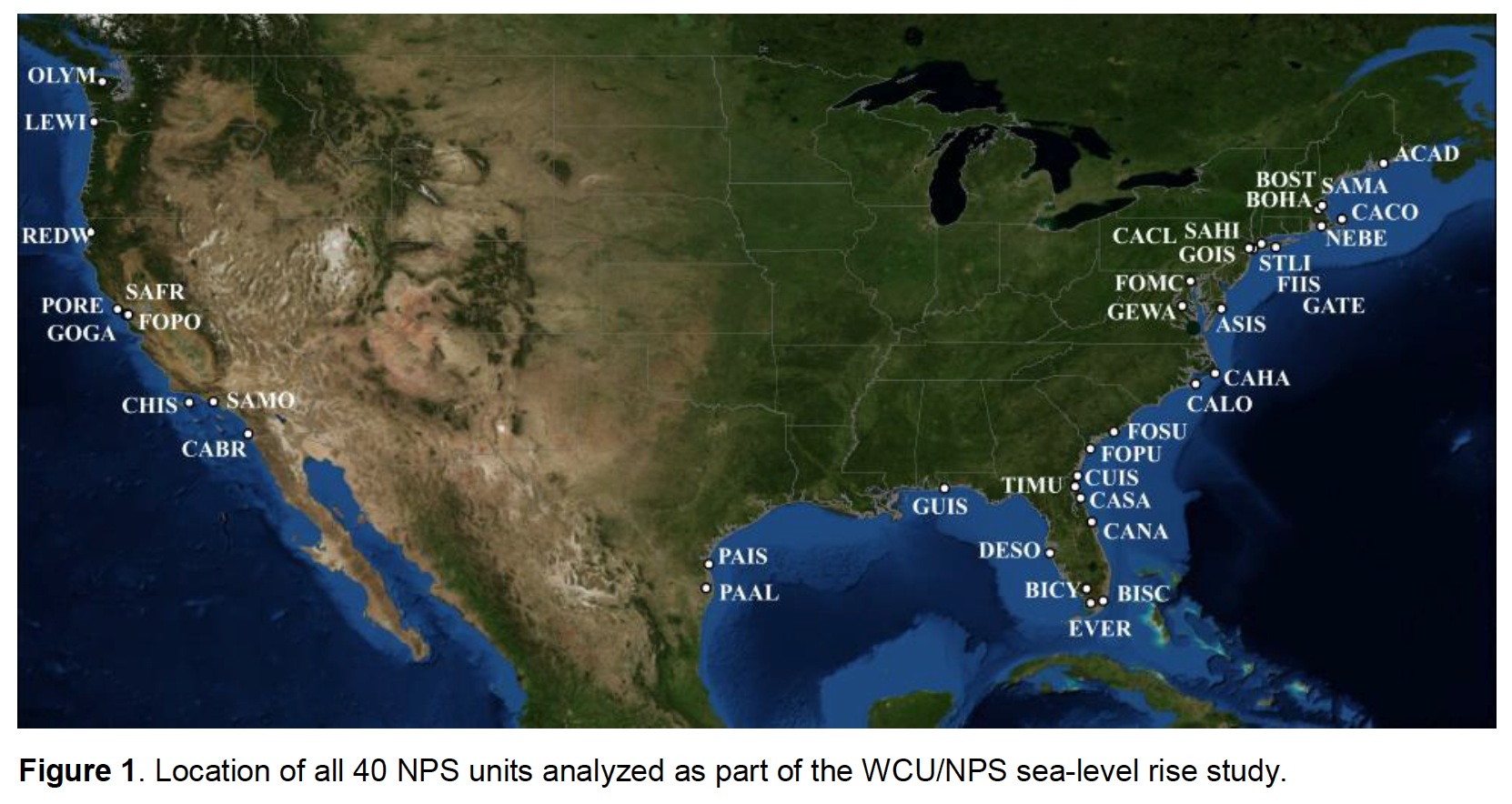
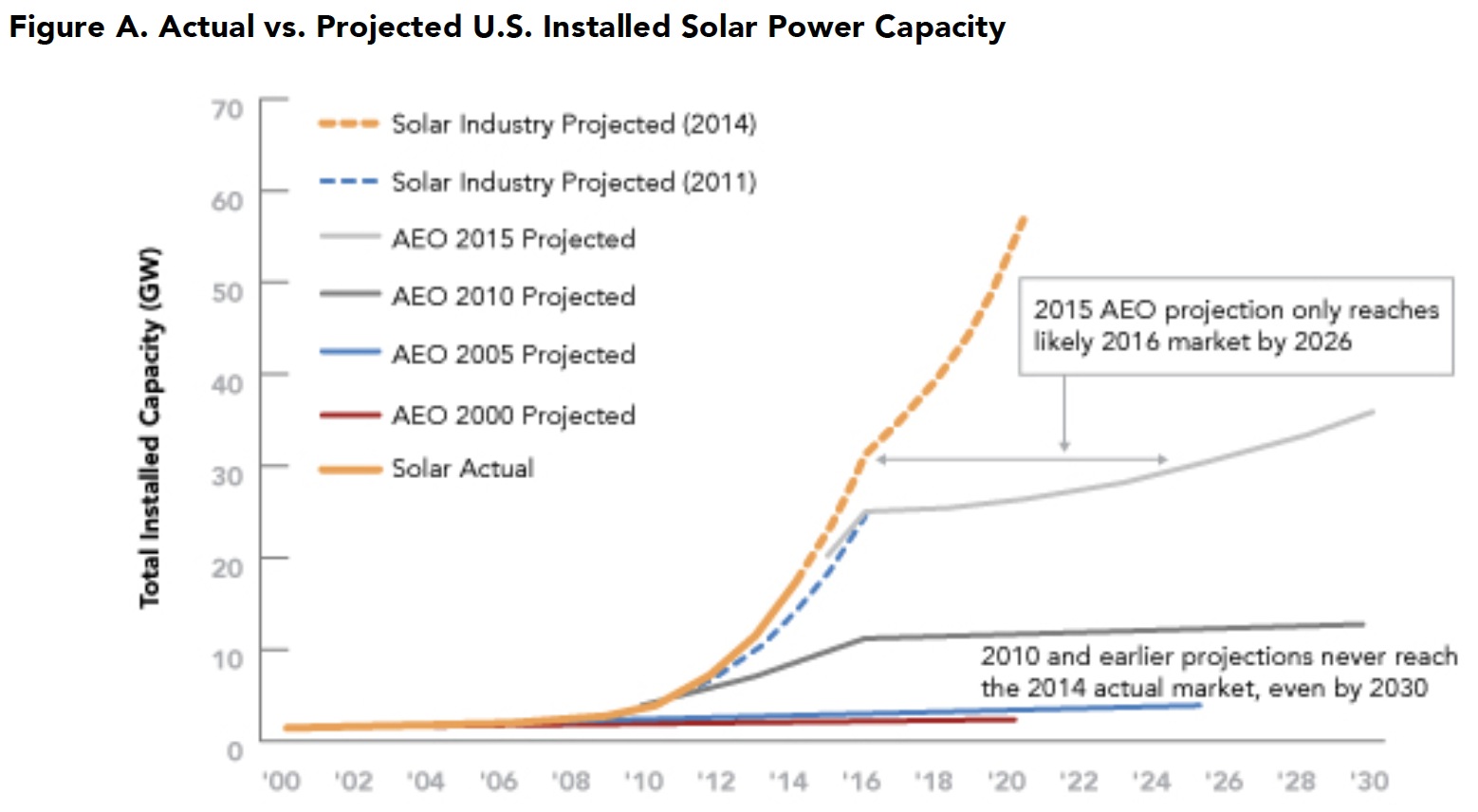
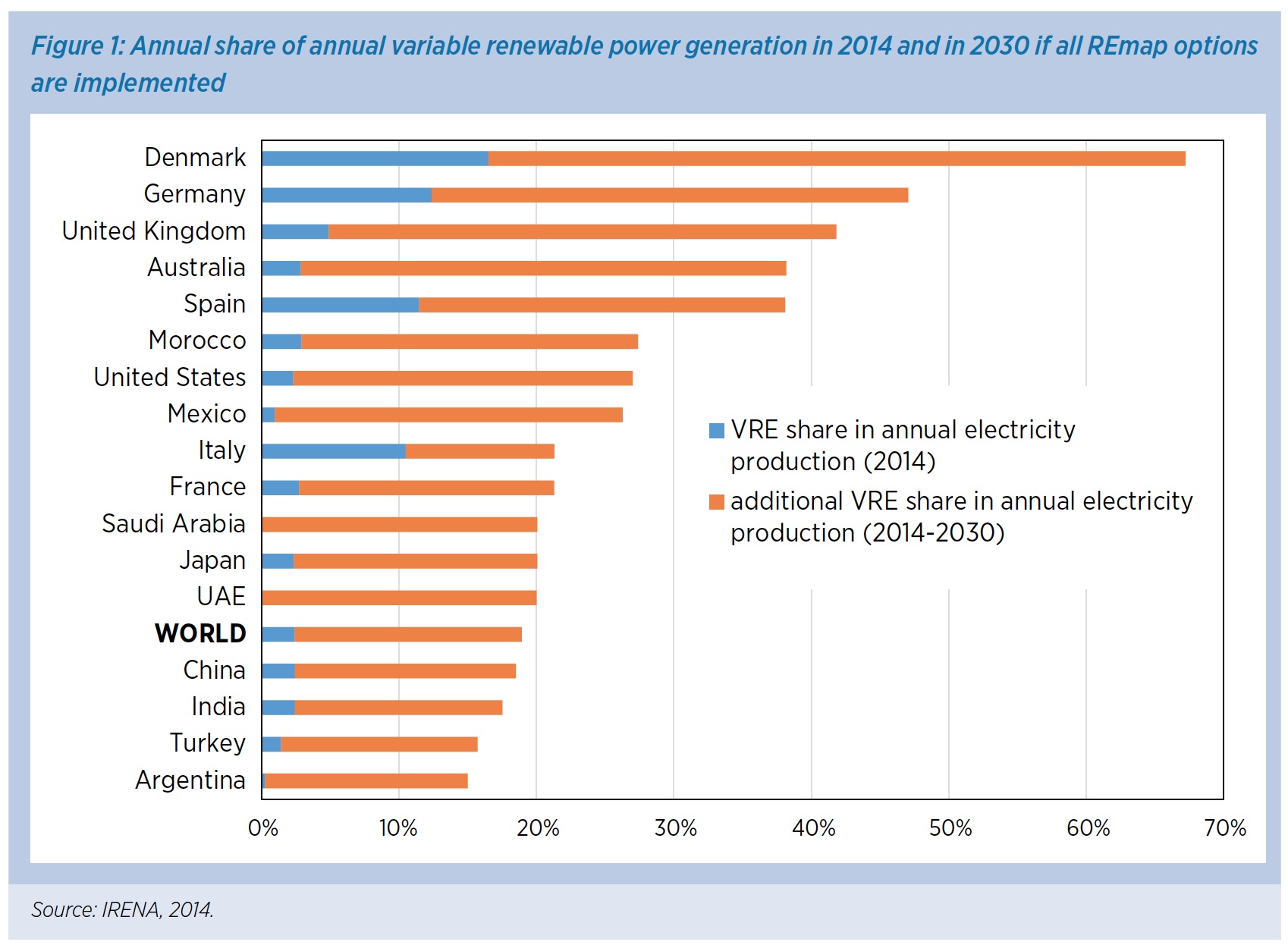


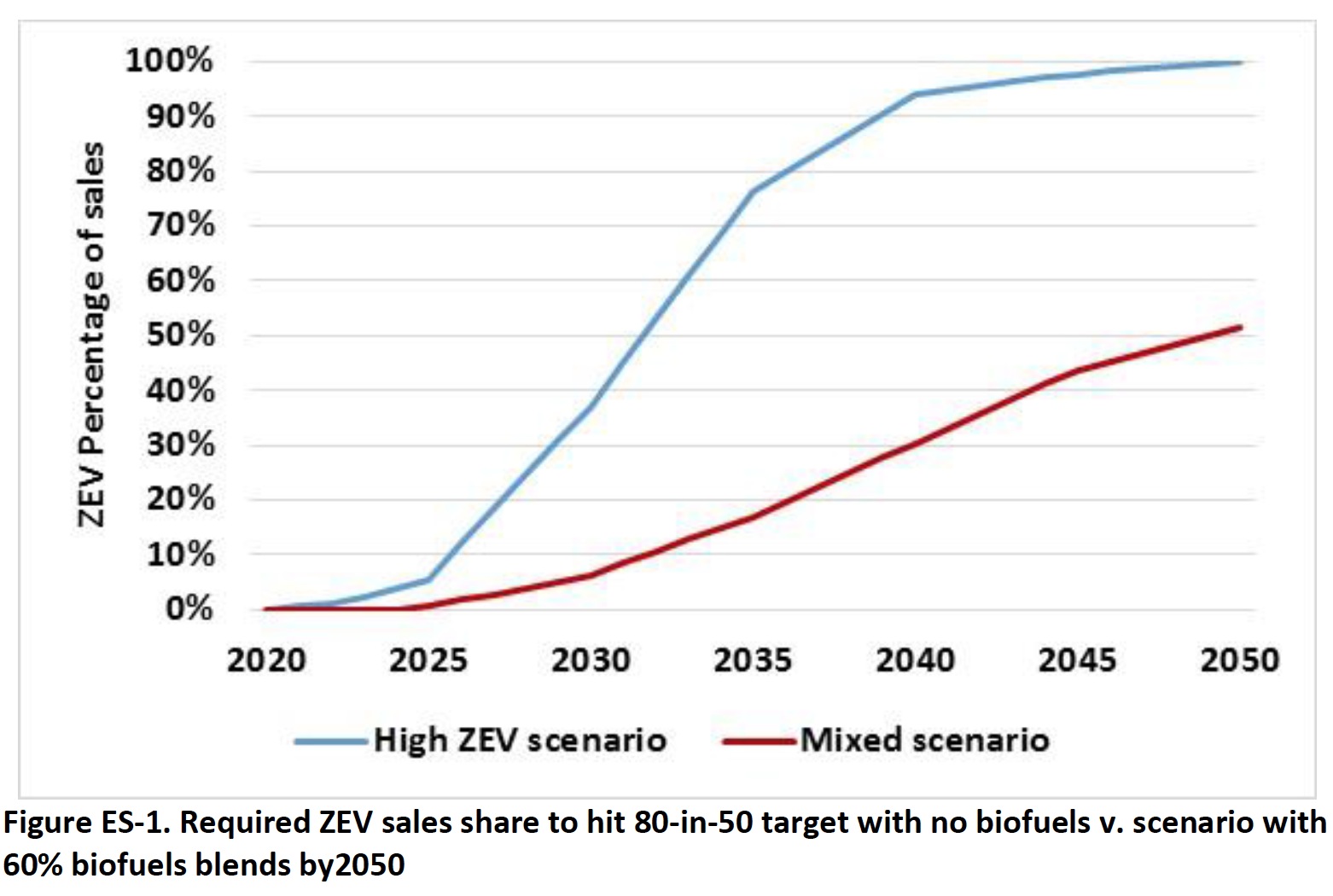
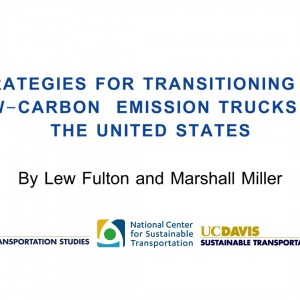
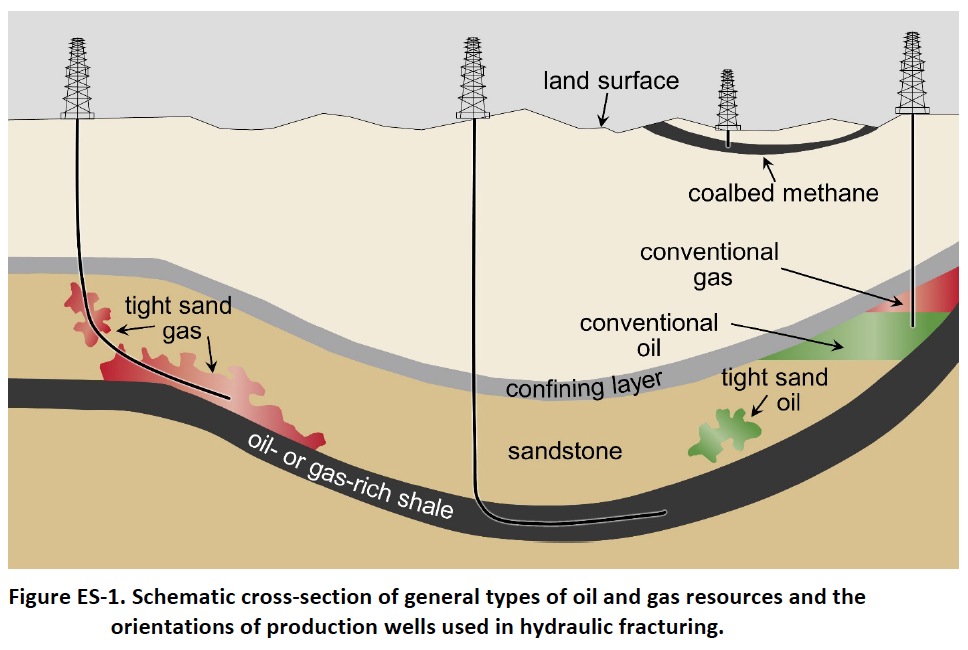

 RSS Feed
RSS Feed